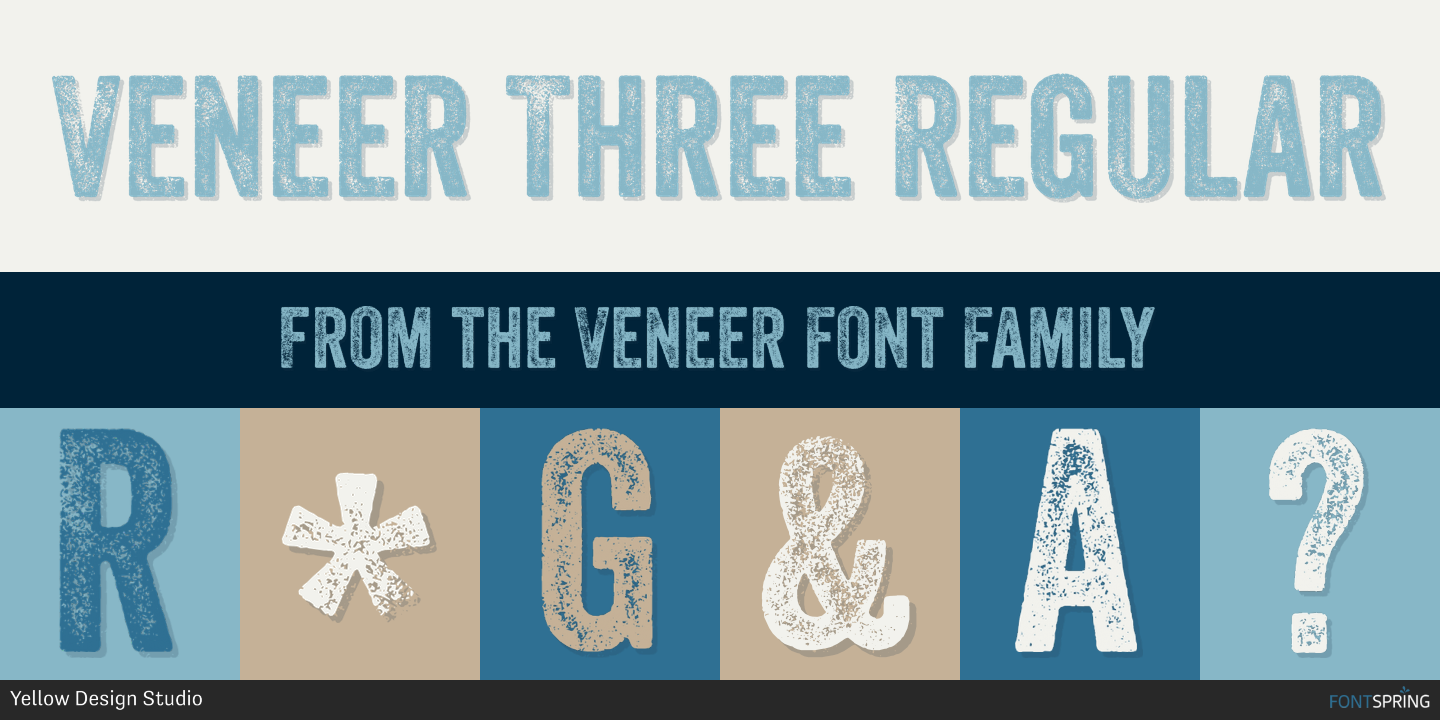

Veneers thus developed are often called false rift or quarters, but they are held to the same standard as “true” rift and quarters, reducing cost while preserving aesthetic appeal. The resulting veneer is called quarter sliced if heavy flake is visible and rift cut when the flake is minimal. Note: Both quarter sliced and rift cut veneer are more often than not pulled from the straight grain portion of plain sliced veneer from the region of the log closest to its center. The quarter log is mounted on a modified lathe to produce a cut that crosses both the growth rings and the rays at a slight angle, resulting in a relatively straight grain effect that minimizes the bold ray flake appearance found in quarter sliced wood. The quarter log is mounted in the slicer so that the knife cuts across the growth rings at approximately a right angle and parallel to the rays, resulting in a highly three dimensional ray flake appearance in red and white oak. The half log is mounted with the knife parallel to the center of the “back” of the log, then forced across the knife to produce a flat sawn lumber look, often developing a repeating grain pattern called a cathedral. Slicing Methods Rotary CutĮntire log is peeled producing a continuous ribbon of veneer. Veneer leaves are kept in order as they are cut from the log to ensure a consistent appearance, making sliced veneer generally more prized than rotary cut veneer. Generally, slicing veneer produces more of a solid lumber appearance associated with the manner in which the half or quarter log is positioned in the slicer. These sheets will later be joined together through one of the various matching methods to produce 4×8′, 4×6, 8×4, or any number of sheet sizes as may be specified by a customer. SlicedĪ half or quarter log is placed on the slicer which forces it laterally against a knife to produce narrow veneer sheets with somewhat more predictable grain patterns.

Rotary cutting is the only method of producing veneer that will produce whole piece faces. The resulting ribbon of veneer is subsequently clipped to useable widths, including sheets called whole piece or one-piece face that will cover an entire 4×8′ sheet of plywood, as well as narrower leaves that will later be spliced together in order to cover a 4×8, 4×6, 8×4, or any number of sizes as may be specified by a customer. (Rotary Red Oak Whole Piece Face shown below)Īn entire log is placed into a lathe and rotated in uninterrupted contact with the lathe knife, resulting in a cut that roughly parallels the growth rings to produce a bold and often variegated grain pattern. Guide to Hardwood Plywood and Face Veneer.CARB & EPA TSCA Title VI Mill Certificates.TouchWood(R) Enhanced Grain Hardwood Panels.



 0 kommentar(er)
0 kommentar(er)
